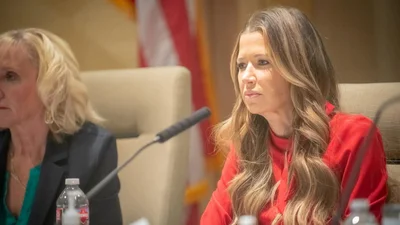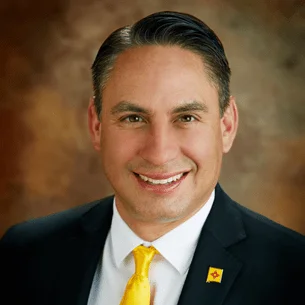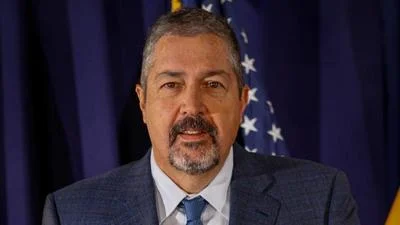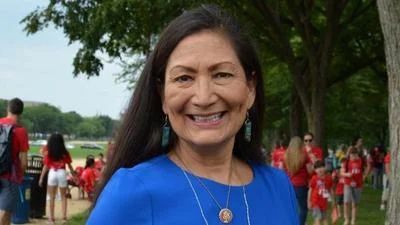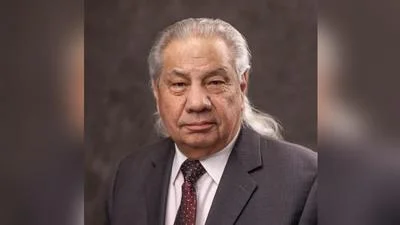Since the administration of former Governor Bill Richardson, the Rio Grande Foundation has maintained its opposition to New Mexico’s film subsidy program. During Richardson’s tenure, filmmakers could receive up to 25% of their expenses back through a “refundable” tax credit funded by state taxpayers.
Governor Susana Martinez later attempted to limit these subsidies by implementing a $50 million annual spending cap with support from the Legislature. When Governor Michelle Lujan Grisham assumed office, she settled an estimated $300 million in accumulated debts related to the subsidies and worked with lawmakers to expand the maximum subsidy rate for filming projects to as much as 40%. The oil and gas industry’s revenue growth enabled this expansion, making film New Mexico’s most heavily subsidized sector.
However, a downturn in Hollywood and the broader film industry has led to a sharp decrease in spending by companies filming in New Mexico. Expenditures dropped from $740 million annually to $323 million between July 2024 and June 2025. Industry sources suggest this decline may be permanent due to ongoing economic pressures and shifts in consumer preferences.
Paul Gessing, president of the Rio Grande Foundation, views this development as potentially positive for state finances. He cites multiple studies showing that New Mexico’s film subsidy programs have not delivered strong economic returns. “Film incentives are less effective at attracting private investment, cost more per job, and have a lower return on investment than other incentive programs,” according to analysts from the Legislative Finance Committee in 2023.
Gessing points out that both local and national economists have found similar results regarding these subsidies’ effectiveness. He notes that reduced filming activity leads to lower subsidy payouts but acknowledges there are additional factors at play.
The article highlights Santa Fe Studios as an example of extensive public support beyond direct tax credits. Opened in 2011, Santa Fe Studios received a $10 million state grant, infrastructure improvements worth $3.6 million from Santa Fe County, loan guarantees totaling $6.5 million from Los Alamos National Bank, and exemption from property taxes via a $22 million Industrial Revenue Bond (IRB). Other initiatives include funding for training facilities such as the Next Generation Media Academy and further investments through local economic development programs.
Gessing argues that instead of targeting specific industries with substantial financial incentives, New Mexico should focus on broad-based tax reforms benefiting all businesses. He also emphasizes improving education so students develop critical thinking skills applicable across various sectors rather than being trained solely for jobs in one field.
“Until voters demand that New Mexico policymakers enact better economic policies for all businesses big and small rather than handing hundreds of millions of our tax dollars to a few favored industries, we’ll continue to underachieve as a state,” Gessing says.
He concludes by describing the mission of his organization: “The Rio Grande Foundation is an independent, nonpartisan, tax-exempt research and educational organization dedicated to promoting prosperity for New Mexico based on principles of limited government, economic freedom and individual responsibility.”


